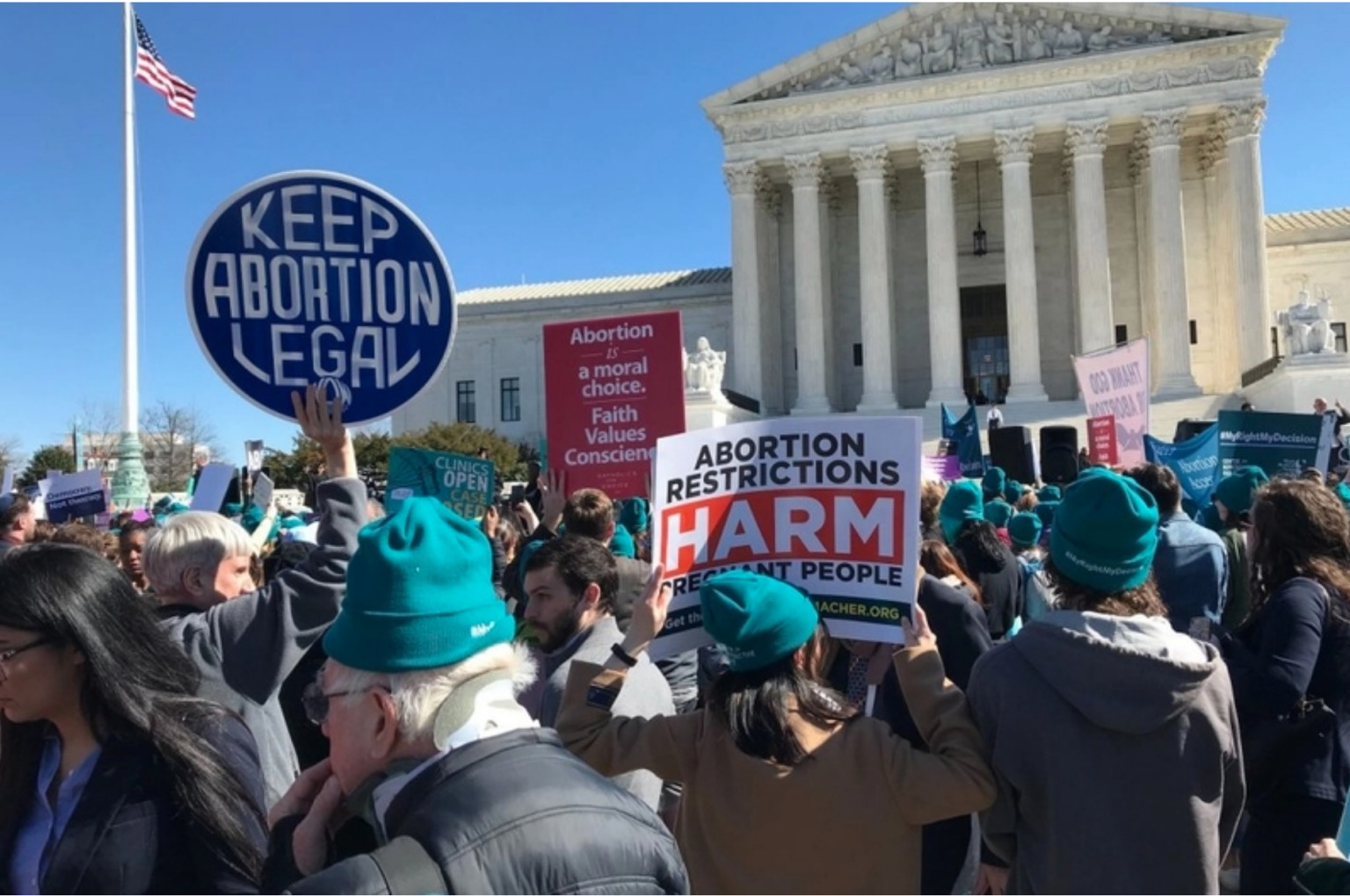In Arkansas, organizers from Arkansans for Limited Government have collected more than 90,704 signatures from registered voters. They’re aiming to put an abortion-related proposal on November’s ballot. This effort is part of a larger trend across the country after the U.S. Supreme Court’s 2022 decision on abortion rights. Similar initiatives are also happening in other states, either waiting for approval or already set for the ballot.
Following this ruling, Republican-dominated states have swiftly enacted new abortion restrictions, including comprehensive bans across 14 states. Conversely, Democratic-led states have reinforced protections for abortion access through legislative means or executive orders. Notably, in the seven states that have voted on abortion-related questions since 2022, voters have consistently sided with abortion rights supporters.
Looking ahead to the November ballots, several states are poised to decide on significant abortion measures. In Colorado, a proposal to amend the state constitution to ensure abortion protections, including coverage requirements by Medicaid and private insurers, has qualified. Supporters garnered double the required signatures, emphasizing widespread backing for reproductive rights in the state.
In Florida, despite legal challenges, advocates gathered nearly a million signatures supporting a constitutional amendment to legalize abortion until fetal viability. The measure requires a 60% voter approval to pass, potentially overturning the state’s current stringent restrictions on abortion after six weeks of pregnancy.

Maryland, already protective of abortion rights under state law, will ask voters to enshrine these protections into the state constitution. Similarly, in Nevada, a ballot question aims to constitutionally safeguard abortion rights up to 24 weeks of pregnancy, reinforcing existing legal provisions established in 1990.
South Dakota voters will face a measure that seeks to prevent any restrictions on abortion in the first trimester, with regulations permissible only in the second trimester if related to the pregnant person’s health. This initiative, supported by a significant number of validated signatures, faces opposition attempting to block its appearance on the ballot.
In Arizona, abortion rights advocates have submitted over 823,000 signatures for a measure ensuring continued access to abortion until fetal viability, with exceptions for maternal health. This effort contrasts sharply with recent legal battles over abortion bans in the state, illustrating ongoing public and legal contention.
Arkansas itself sees a proposal aiming to permit abortions up to 20 weeks into pregnancy under specified circumstances, challenging the state’s current blanket ban on abortion with limited exceptions. This measure has garnered significant attention and opposition within the predominantly Republican state.
Missouri, where abortion is currently banned at all stages of pregnancy except in rare cases, faces a proposed constitutional amendment guaranteeing abortion rights until viability, pending verification of over 380,000 submitted signatures.
Montana, after overcoming legal hurdles, could potentially vote on a constitutional amendment to protect abortion rights before viability or when necessary for the pregnant person’s health or life. Similarly, Nebraska may see competing measures in November—one to constitutionally safeguard abortion rights until viability and another to reinforce current restrictive laws banning abortion after the first 12 weeks, with some exceptions.
In contrast, some states have seen unsuccessful efforts to restrict or ban abortion through ballot measures. Wisconsin’s proposed ban after 14 weeks stalled, while Iowa and Pennsylvania failed to advance measures denying constitutional abortion rights. Louisiana, Maine, and Minnesota also saw measures falter in their respective legislative processes.
As these initiatives progress or falter across states, the outcomes of November’s elections could significantly influence the future of abortion rights nationwide, reflecting evolving public sentiment and legal challenges post-Supreme Court ruling.


